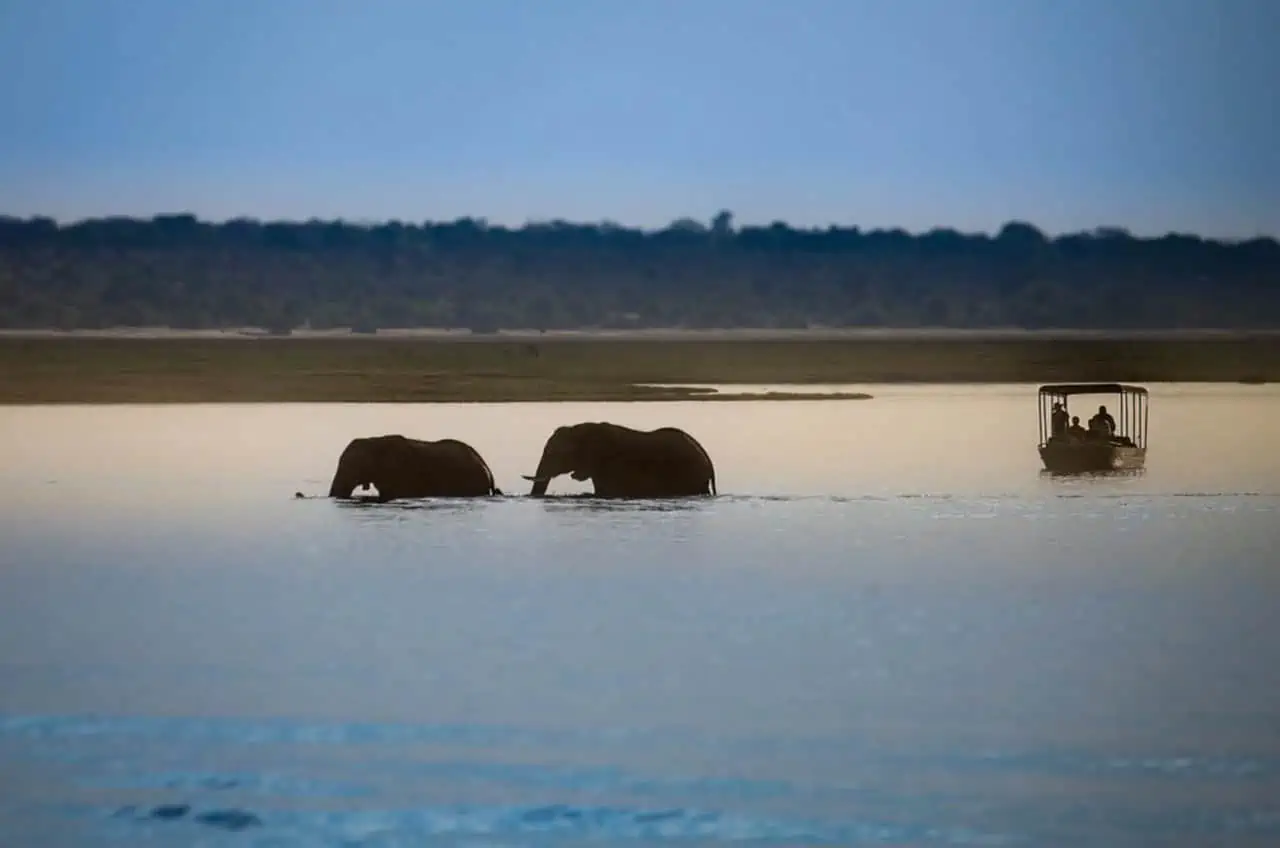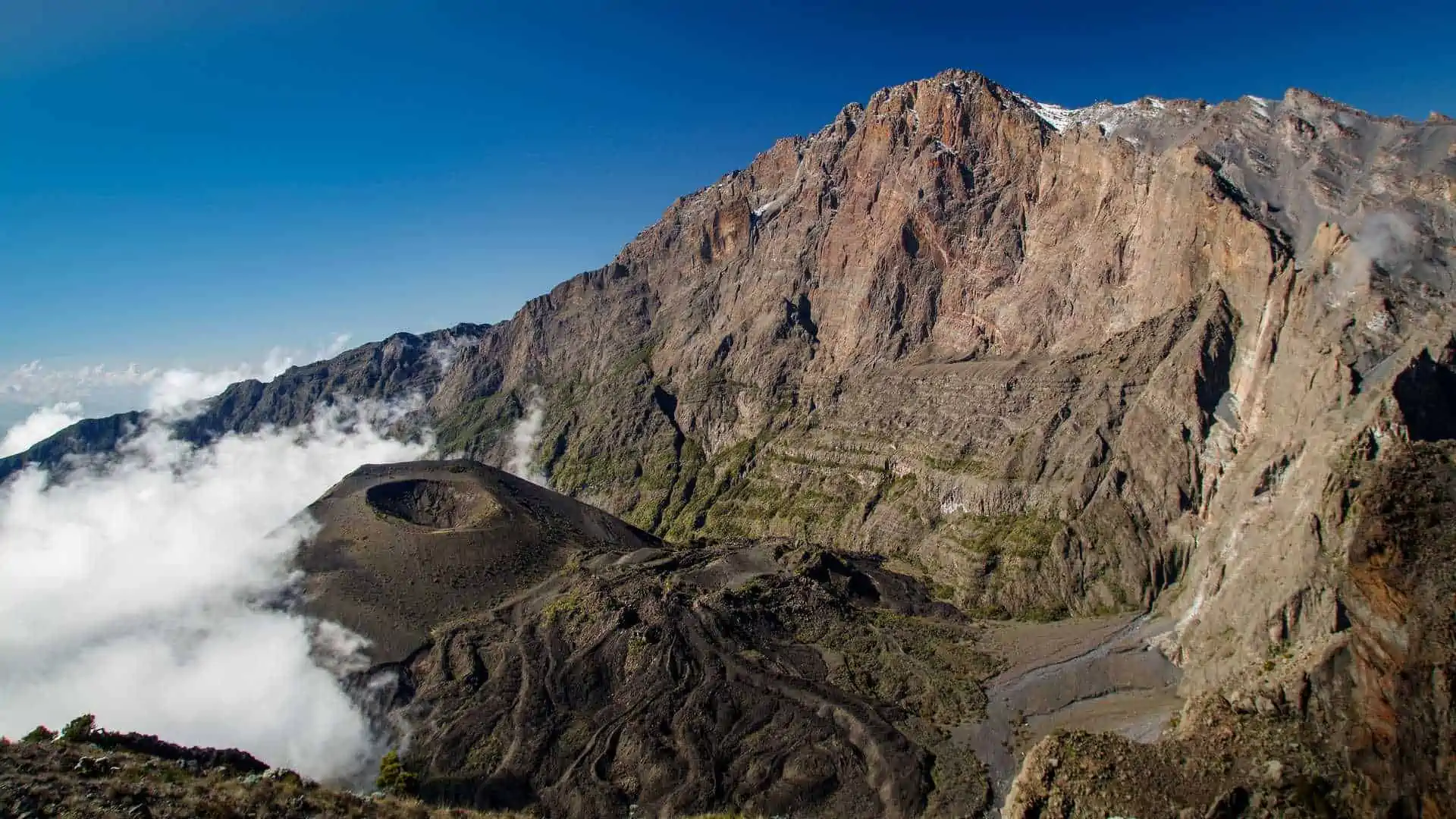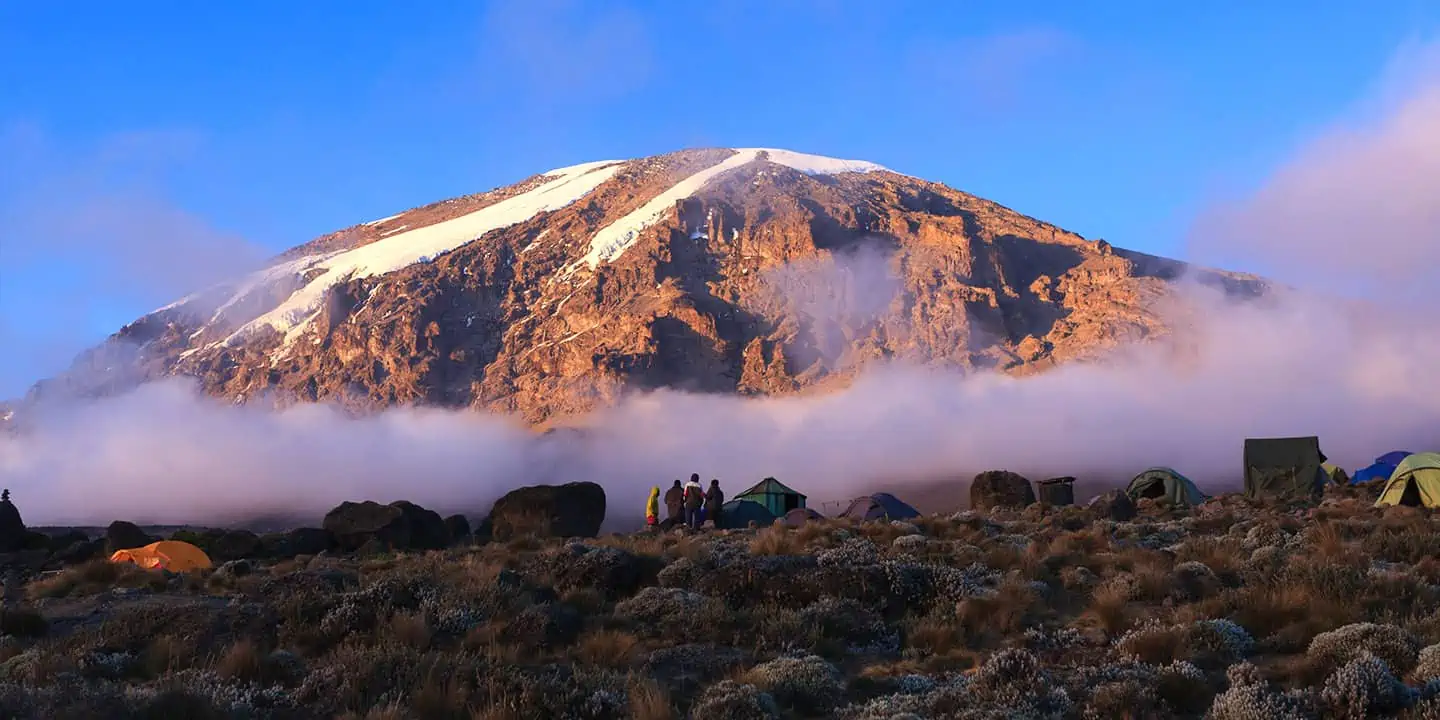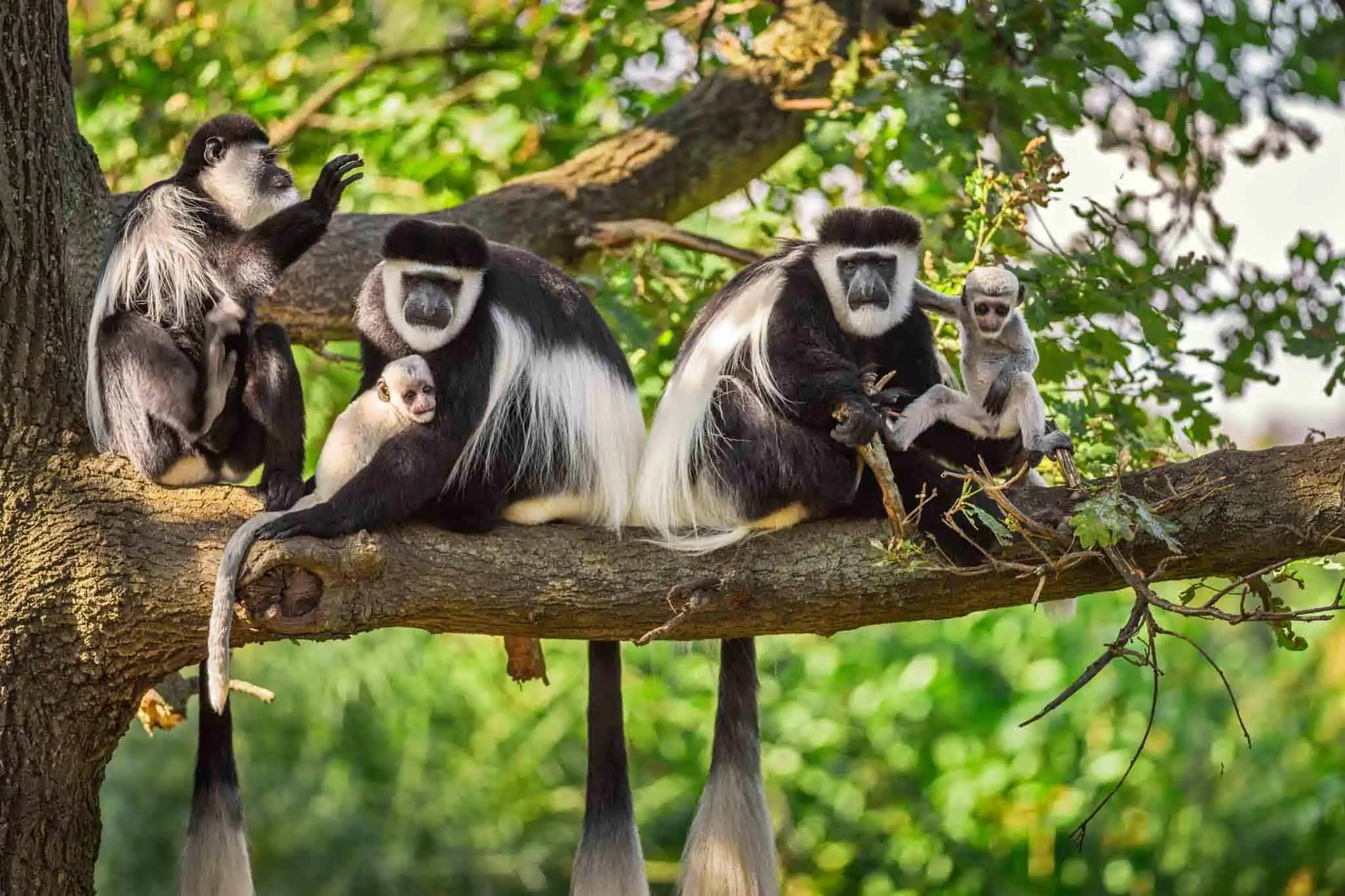Kilimanjaro National Park
- Home
- Kilimanjaro National Park
The snowy peak of Mt. Kilimanjaro rises above the gently rolling hills and plateaux of northern Tanzania, its slopes and glaciers gleaming above the rising clouds. Kilimanjaro lies near the town of Moshi and is a protected region where climbers can enjoy themselves while leaving no evidence of their presence. The ecosystems of the mountain are as varied and lovely as they are varied and varied. Much of the mountain’s lower slopes are agriculture, with coffee, banana, cassava, and maize crops farmed for both subsistence and monetary sale. On the lower slopes, a few major coffee estates remain, but much of the land outside the national park has been fragmented into small pieces. Once inside the park, dense lowland forest covers the lower elevations before giving way to alpine meadows as the air becomes thinner. The terrain at the summit is harsh and bleak, with rocks and ice dominating the scene above a stunning African panorama.
Most visitors to Tanzania consider climbing Mt. Kilimanjaro to be the highlight of their trip. Few mountains in the world can match Amboseli National Park in Kenya, the Rift Valley, and the Masaai Steppe, which are all part of Kilimanjaro. Hiking atop Africa’s “rooftop” — the continent’s highest point at 5896 meters — is a once-in-a-lifetime experience, especially because, if done properly, anybody from seasoned trekkers to first-timers may reach the icy mountain. See the ‘Mountain Climbing‘ section under ‘Things to Do’ for further information.
Kilimanjaro. The name itself is shrouded in obscurity. Mountain of Light, Mountain of Greatness, or Mountain of Caravans are all possibilities. It could happen, or it could not. The Wachagga, the locals, have no name for the entire massif; only Kipoo (now Kibo) for the familiar snowy peak that stands imperious, overseer of the continent, Africa’s summit.
Kilimanjaro, by any name, is a metaphor for East Africa’s captivating splendor. You’ll see why when you see it. This is not just Africa’s highest peak, but also the world’s tallest free-standing mountain, rising in magnificent solitude from the surrounding coastal scrubland (elevation roughly 900 meters) to a towering 5,895 meters (19,336 feet).
Kilimanjaro is one of the world’s most accessible high peaks, attracting tourists from all over the globe. Most climbers only need a walking stick, suitable clothing, and resolve to reach the crater rim. Climbers who reach Uhuru Point, the real summit, or Gillman’s Point, on the crater’s lip, will receive their certificates.
As well as their memories.
But Kili is much more than just a mountain. From the tropics to the Arctic, the ascent of the hills is a virtual climatic globe trip.
The agricultural footslopes give way to rich montane forest, inhabited by elusive elephant, leopard, buffalo, the endangered Abbot’s duiker, and other small antelope and primates, even before you enter the national park boundary (at the 2,700m contour). The moorland zone is even higher, with a blanket of gigantic heather punctuated with unearthly giant lobelias.
A bizarre alpine desert exists above 4,000 meters, with just a few hardy mosses and lichen for company. The remaining vestiges of greenery eventually give way to a winter paradise of ice and snow – and the stunning grandeur of the continent’s roof.






